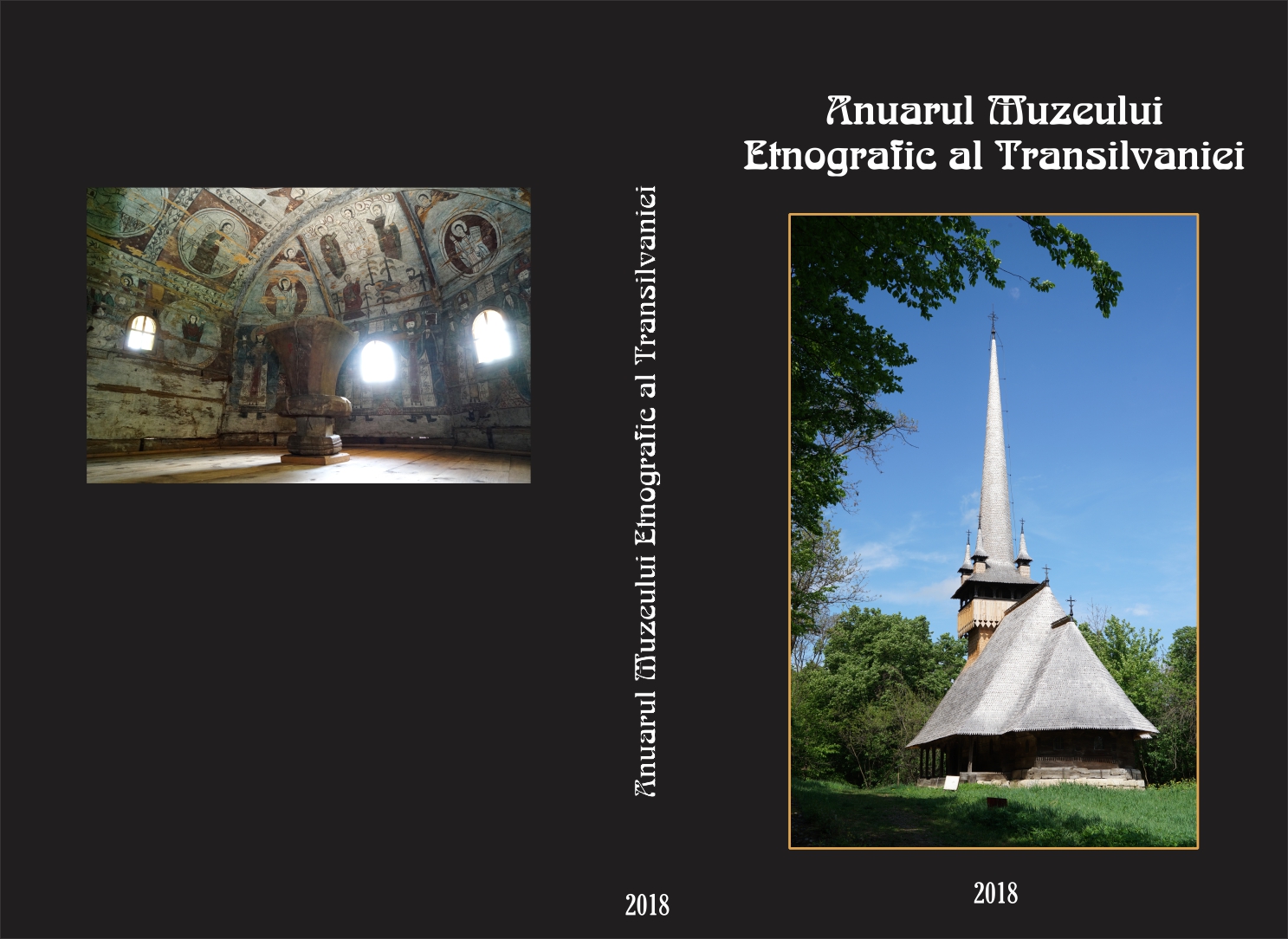O casă, o poveste. Casă țărănească din satul Sucutard, comuna Geaca, județul Cluj – Parcul Etnografic „Romulus Vuia”, Cluj-Napoca
A House, a Story. Peasant House from Sucutard Village, Geaca Commune, Cluj County – the Ethnographical Park “Romulus Vuia”, Cluj-Napoca
Author(s): Carmen-Florentina RaicuSubject(s): Anthropology, Social Sciences
Published by: MUZEUL ETNOGRAFIC AL TRANSILVANIEI
Keywords: Sucutard; Ethnographic Park; peasants; traditions; values; Transylvania;
Summary/Abstract: The aim of describing the house from Sucutard village, exhibited in the The National Ethnographic Park “Romulus Vuia” in Cluj-Napoca, is to better understand the way of living for a peasant family in a Transylvanian village, in the second half of the XIXth century and the first half of the XXth century.In this respect, I interviewed the family descendants, who lived in this house themselves during their childhood and early teenage years. Their personal experience made this research closer to the reality and gave a sense of authenticity. The interviews took place both in the village, on the very ground where the house was originally built and also in the actual place, where it has been moved in 1966.The house is described in close relation with the people that lived in it – moments in which important events with historical figures took place in its yard, the close connection with all the other peasants in the village, their occupations, their day-to-day life inside and outside the house, traditions. Each part of the house and also the surroundings have some story connected to the the way it was used or built.This travel back in time is important in order to see some of the values that were at the core of the peasants’ life in the northern Transylvanian villages and that remained the same, although there were huge changes in the status of the region. In the related period of time, from 1878 up to 1966, the region was part of Hungary during the Austro-Hungarian Dualism up to 1918, part of Romania up to 1940, part of Hungary up to 1944 and again part of Romania afterwords. Of course all this course of events affected the village but in their house and in their yard, the peasants continued to live, in essence, as they always did.
Journal: Anuarul Muzeului Etnografic al Transilvaniei
- Issue Year: 2018
- Issue No: 7
- Page Range: 216-231
- Page Count: 16
- Language: Romanian
- Content File-PDF

